Circumstances of great uncertainty - like the current crisis - can make us feel destabilized and anxious. Our emotions and thoughts can get in the way of us feeling in control and we suffer by spending a lot of energy trying to manage these emotions.
Fortunately, we all have the capacity to strengthen ourselves against external circumstances by strengthening our own internal resources. Emotional regulation allows us to harness those feelings and thoughts to our advantage.
Regulating your emotions means working with whatever emotions you might be feeling in order to do your best work. The more emotionally stable we are, the better equipped we are to remain calm when challenges arise.
Emotional regulation is not about putting on a fake happy face while you suppress any negative feelings. Instead, it’s about acknowledging what’s happening for you emotionally and working with those feelings, so that you are free to choose your response to a situation, without the emotions controlling you.
Here where to begin:
Understand the biochemistry
The opposite of remaining calm is the state of "fight or flight", a physiological reaction that occurs in response to a perceived harmful event, attack, or threat to survival.
The reaction starts when the amygdala (an almond-shaped structure where your brain processes memory and interprets emotions) sees a situation as a threat. This perception causes your brain to secrete hormones that tell your nervous system to prepare your body to take drastic action. Your breath gets short, your body floods your muscles with blood, your peripheral vision goes away, and so forth.
Since neither fight nor flight are appropriate in everyday situations, your body never gets a release. The tension in your body tells your brain that there is a threat, your brain responds, you end up with your brain and body in a feedback loop… And you get exhausted!
Be aware of your triggers
We can’t run from everything that bothers us, but we can increase our awareness of situations that trigger unwanted emotions. The more aware we are of our triggers, the better we can control them!
Don’t suppress your emotions
Research shows that in the long run, suppressing negative emotions doesn’t work nearly as well as transforming them by acknowledging and expressing them.
Label the emotions
To calm yourself and remain calm, you need to interrupt that feedback loop. You can reduce the reaction of our amygdala if you assign names or labels to the emotions that you're experiencing at the time. Reflecting on your feelings and labeling them may assist in calming the amygdala, allowing you to move out of the fight-or-flight mode and free up energy allowing you to think more clearly about the issue at hand, rather than worrying.
Stop thoughts
Did you know that research says you can disrupt a negative train of thought by saying “Stop!”? Next time you notice your thoughts going down a down-spiral path, try it!
Re-label your emotions
At this point, you've interrupted the feedback loop. In this step, you eliminate the emotional impetus that created the fight-or-flight response.
Go through the list of emotions that you identified in the previous step and assign them labels that are positive rather than negative. For example: Fear | Anticipation, Worry | Concern, Alarmed | Curious, etc.
When you re-label your emotions, you are using controllable parts of your brain to convince your amygdala that this is not a fight-or-flight situation but instead a "stay aware and watchful" situation, or even a "sit back and enjoy" situation.
As you continue holding the relabeled emotions in your mind, notice the speed at which your heart is beating. You will find that it gradually returns to a normal pace. You've regained calmness.
Practice Self-Compassion
Self-compassion involves offering compassion to ourselves: confronting our own suffering with an attitude of warmth and kindness, without judgment. Learning how to practice self-compassion can be as easy as looking at how compassionately you act toward others. Try to remember a time when one of your close friends was really struggling through a difficult time. How did you respond to him/her? Now think about a time when you were in a similar situation. In contrast, how did you respond to yourself? When facing a crisis in the future, try treating yourself the way you would treat a friend. How do you think things might change if this were the case?
While it’s true that controlling our emotions isn’t always easy, remember that your viewpoint all comes down to their explanatory style—the story we tell ourselves when things don’t go our way.
Challenge your assumptions!
Don’t worry if all these techniques feel difficult or elusive at the moment, the more you practice them, the more easily it will come to you. Over time, your practice will shift so that emotional regulation becomes your automatic, go-to response when times get tough.
Good work!
